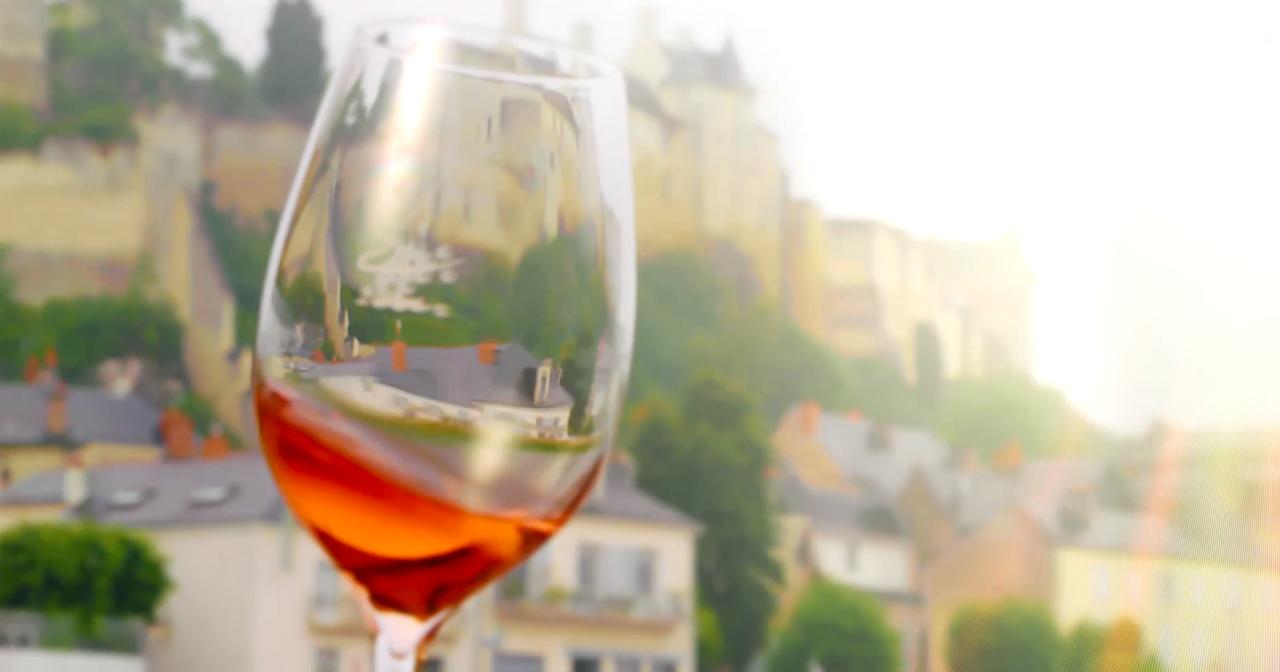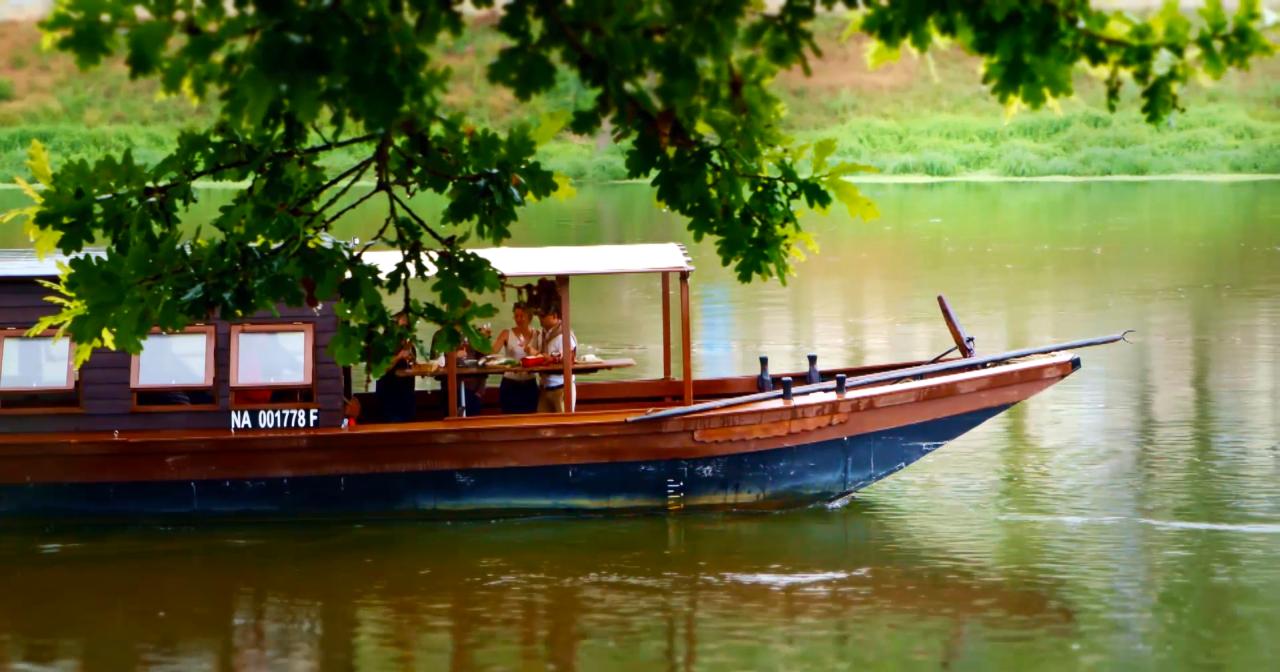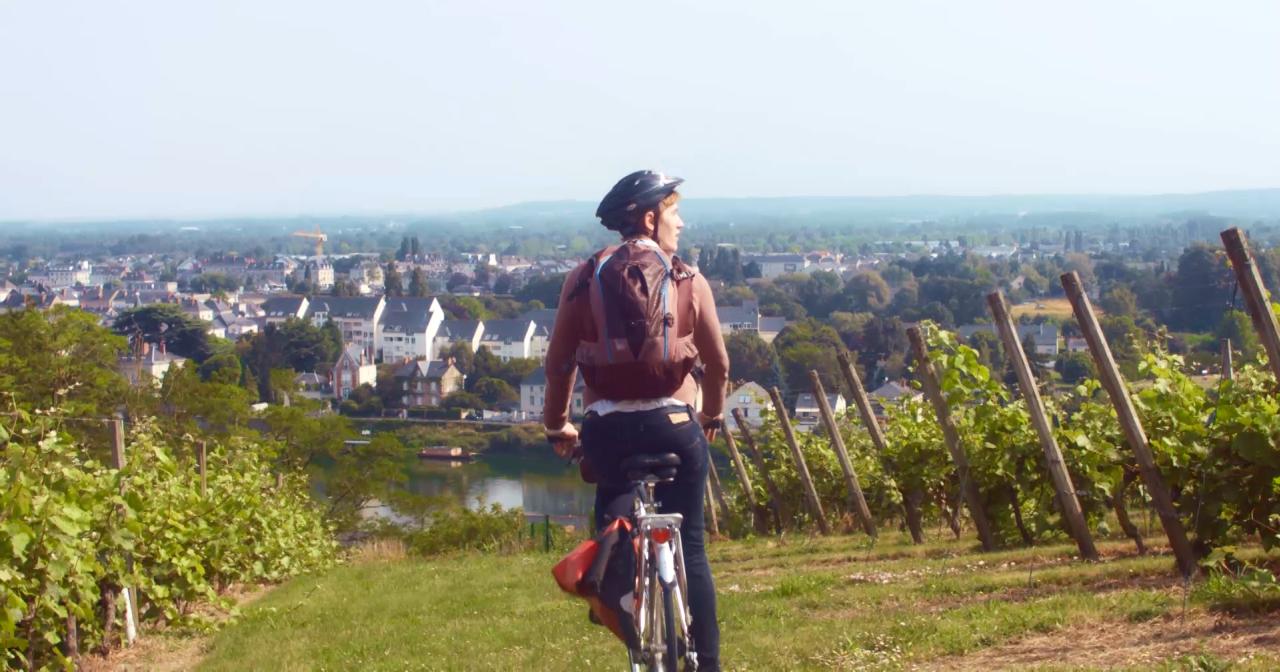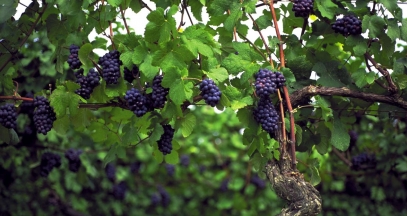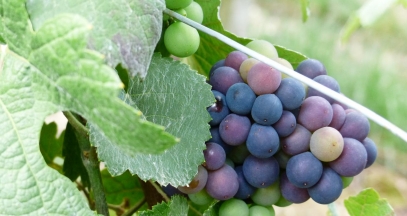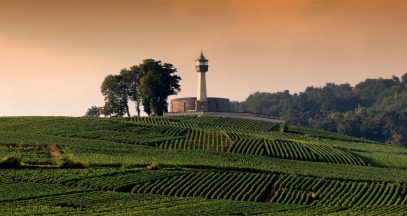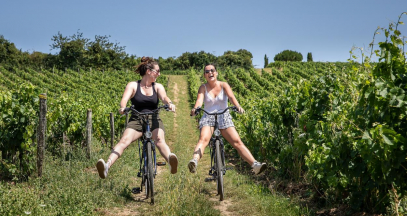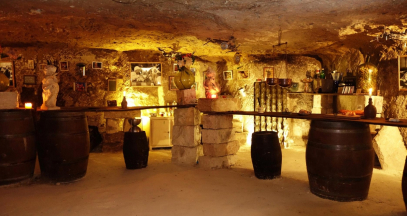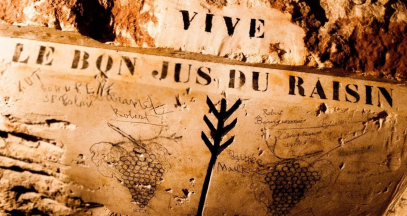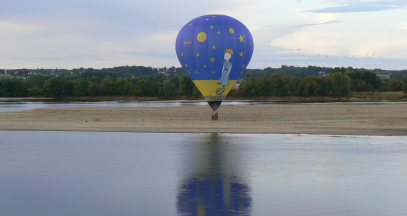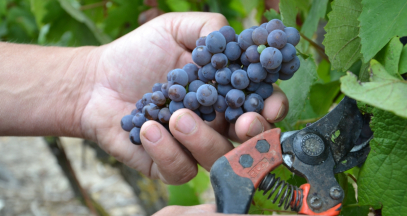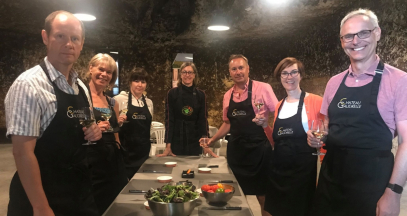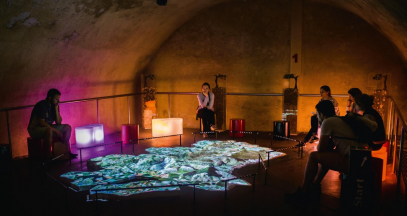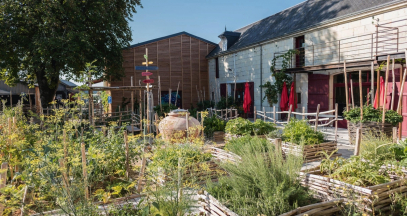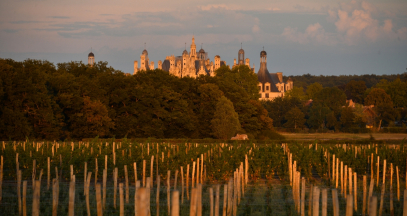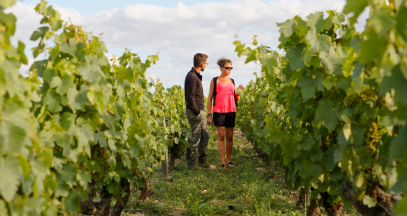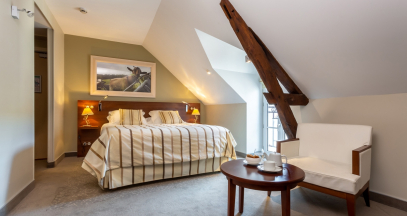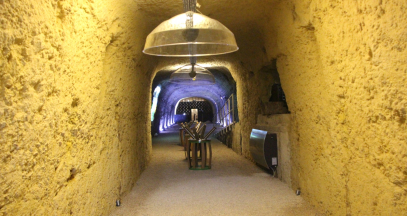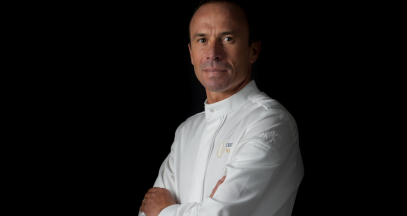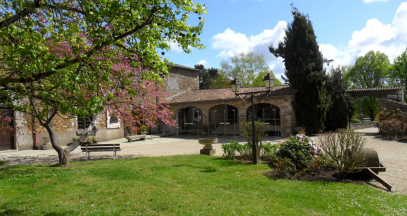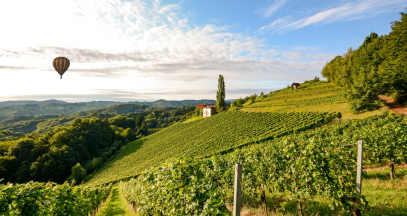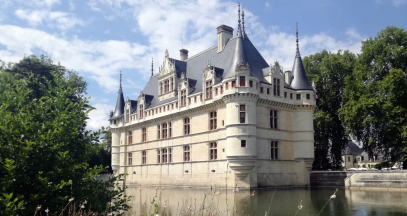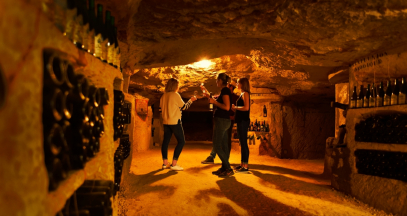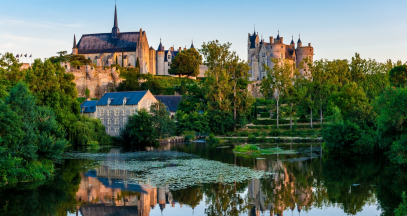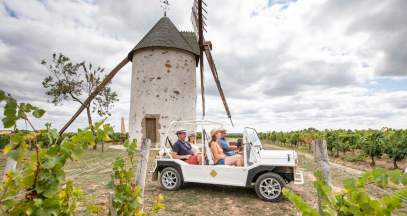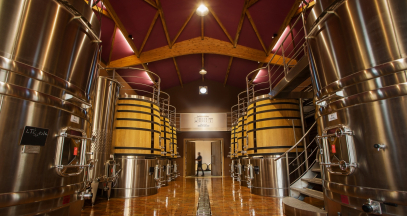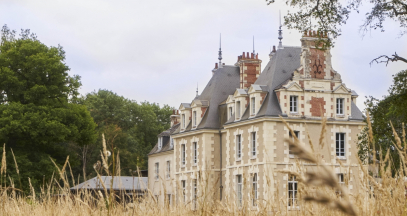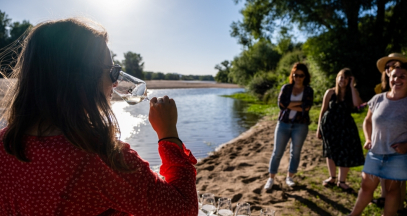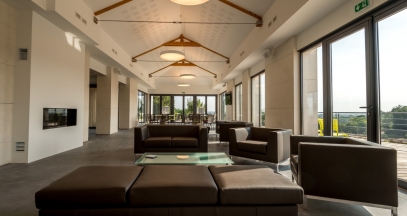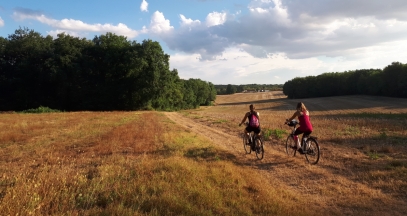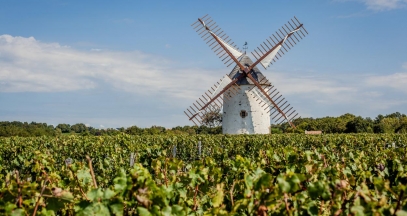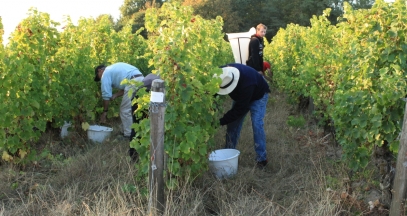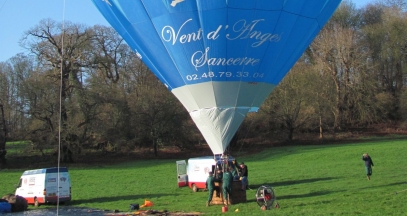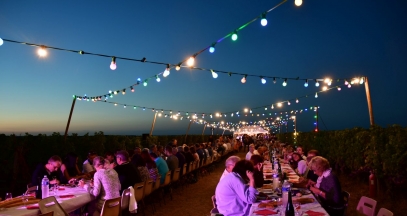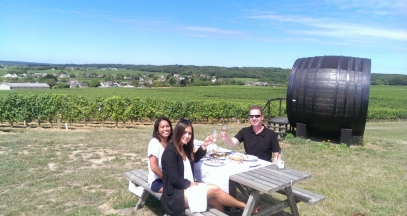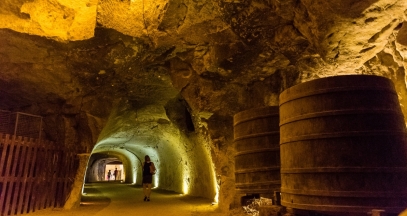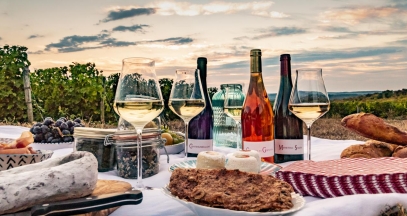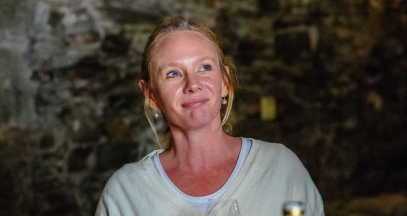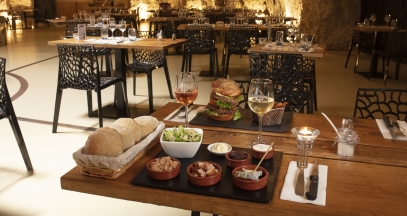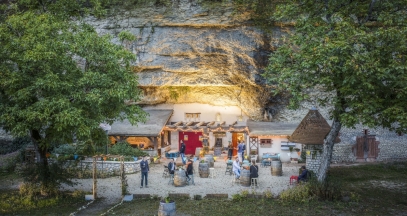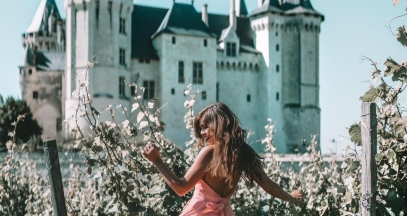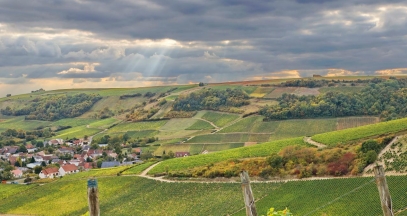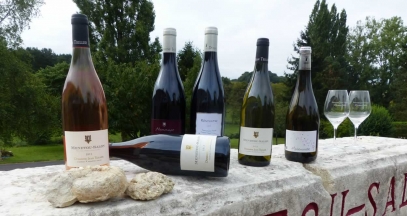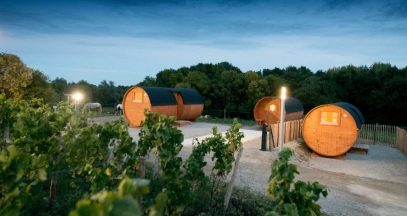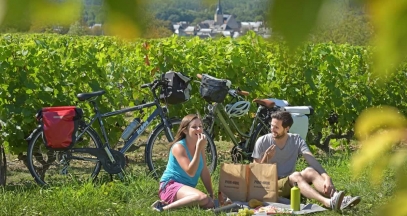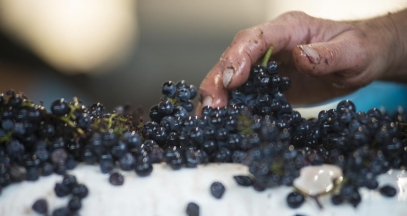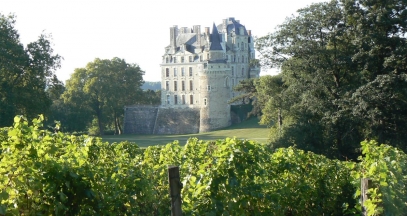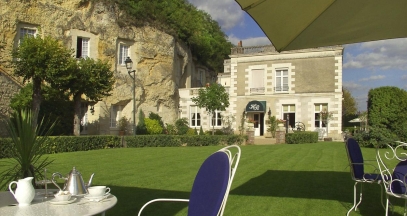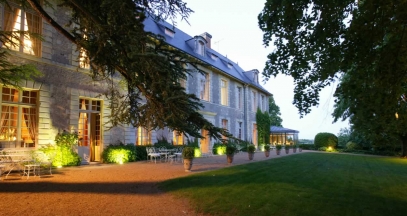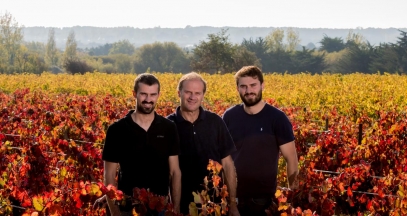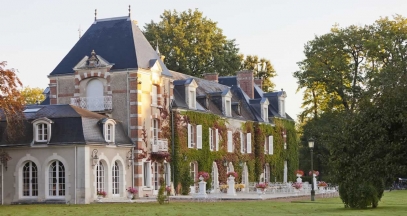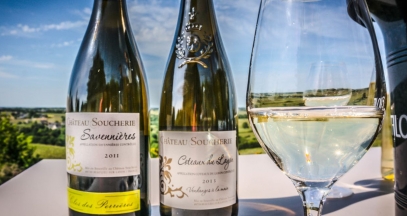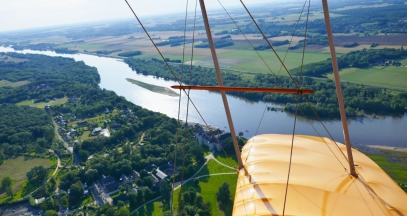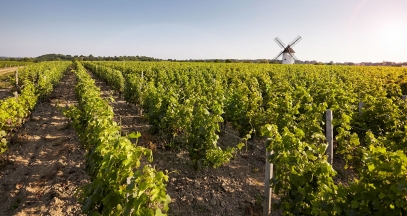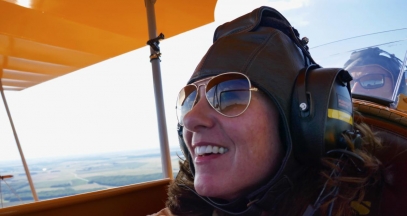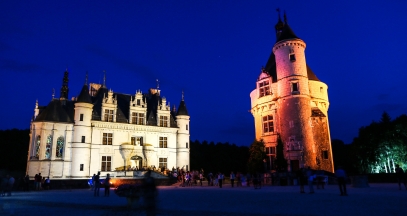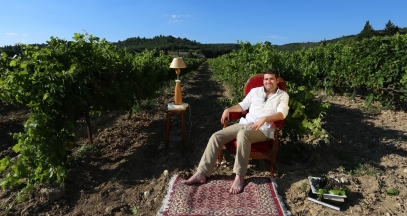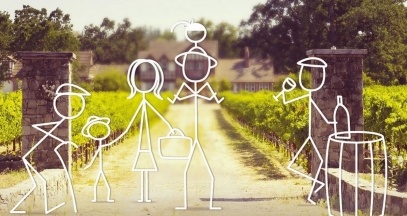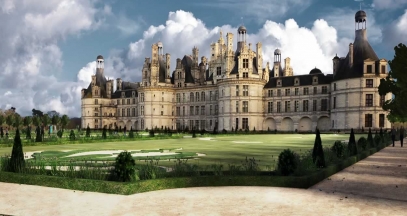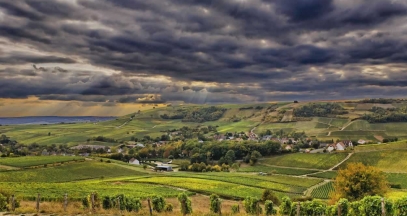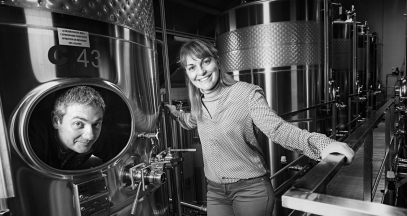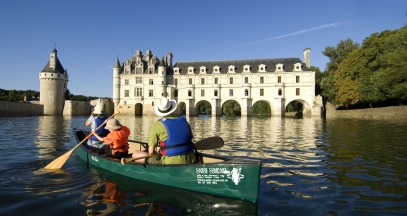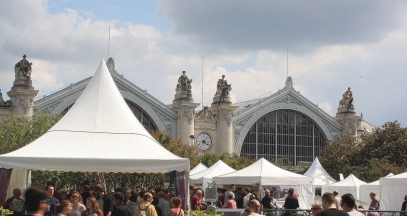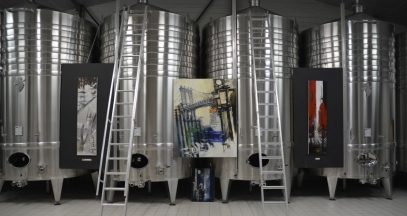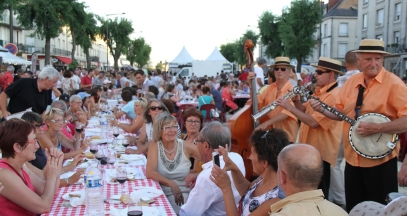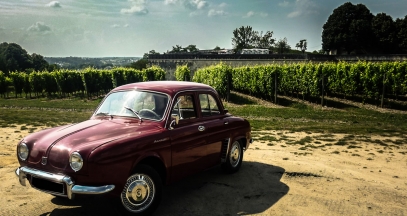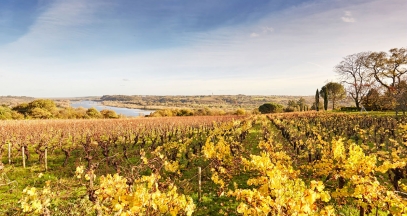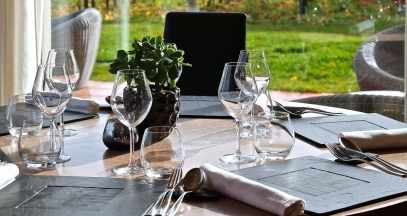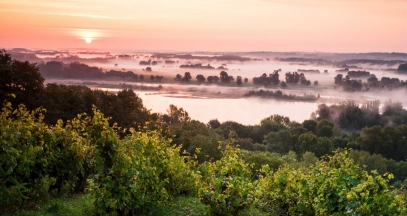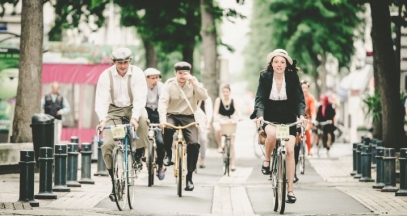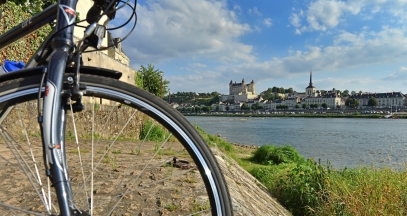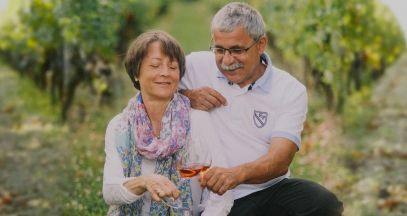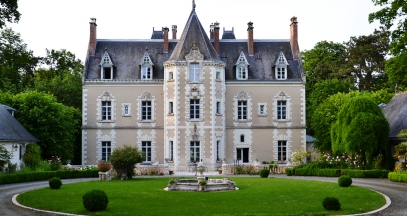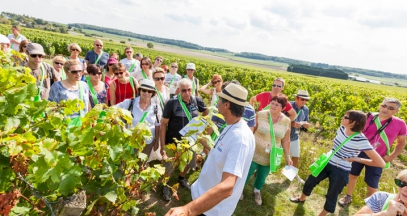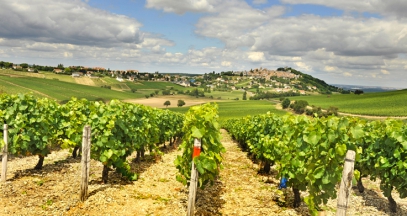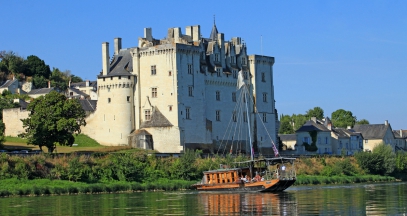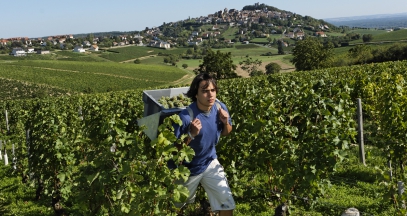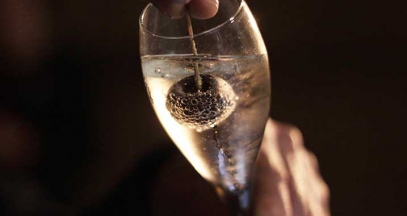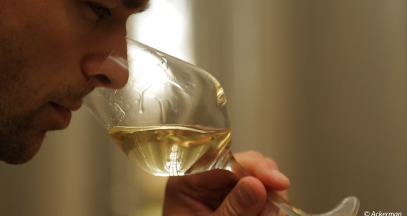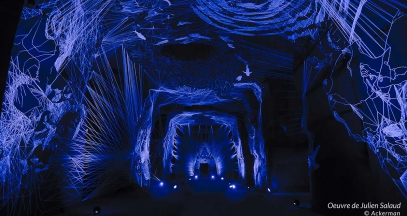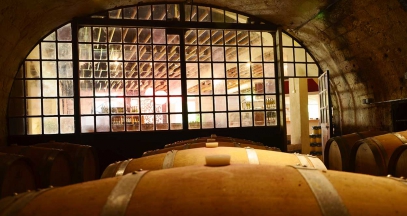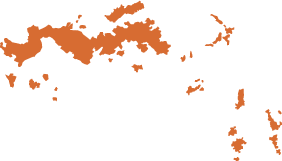Highlights of France’s Loire Valley
My mission was to meet with winemakers who promote wine tourism in the region, and so I spent a fair amount of time in winery cellars tasting the many specialties of this big region–white wines like Vouvray, Muscadet, Sancerre, and Chinon. The wines never disappointed, from the 7 euro bottles of Muscadet to the fine Vouvrays or the famous Sancerre.
But this region indeed has much, much more than fine wines to attract travelers. This is the home of more than 800 chateaus and a river system that traverses the length of the province.
There are so many ways to enjoy being on the Loire or the Vienne rivers, and exploring the well-preserved castles that seem to pop up after every turn. I had a few moments of wonder during this trip–those absolutely precious moments when you are on the road, it’s a sunny morning, the music is playing and the road around you just inspires you.
It says you’re in the right place, right now, and it’s the right time.’ You feel centered and completely at ease. Travel sometimes can do that. I sure felt that way on the first morning on my France road trip through the Loire Valley.
This whole valley is so pretty that it’s hard to steer yourself wrong, but there are some definite highlights, or better to say, places you don’t want to miss if you take a similar road trip.
Renting a car in France makes a huge difference if you want to really get close to the countryside.
Clisson
Clisson is in the west of the Loire Valley, and is a good starting point for a Loire road trip. I took the TGV high-speed train from Paris down to Nantes, and picked up my rental car at the train station there. I arrived in Clisson during a rainy Sunday afternoon, and was glad to park my car and dry out.
Clisson is like many of the towns in the Loire Valley, surrounded by vineyards, that mostly grow white wine grapes like Muscadet. The town is both Breton and Italian, as it was built by art lovers of the 19th century who wanted to model Clisson after what they saw in Tuscany.
So all over the town, you see architecture and landscapes that might look at home in Italy, it was mostly the inspiration of sculptor F.F. Lemot.
After the brutal Wars of the Vendee that ended in 1790, Clisson was rebuilt to take on its new Italian personality. Lemot envisioned an artist’s colony here on the banks of the Sèvre Nantaise River. Today people kayak and canoe this pretty stretch, the Loire River is about 30 kilometers away.
Hellfest in Clisson
Despite its ancient roots, today Clisson is famous for the Hellfest, which is a heavy metal or ‘extreme’ music festival that is held every June within the Val de Moine sports complex, with bands like Def Leppard, Slayer, Motley Crue and Marilyn Manson who play for more than 150,000 metal heads, and not without some local consternation.
Despite appeals from the local church and Coke quitting as sponsors, Hellfest just celebrated their tenth year in Clisson.
The town has about 7000 residents, many of whom commute to Nantes, which is the nearest big city. In the Middle Ages, there were 40 mills here, the hotel Villa Saint-Antoine was once a spinning factory.
Today walking around the village treats you to verdant pathways, quiet ancient mansions, and the sound of birds all around.
Many tourists and bus groups include Clisson on their itineraries, but it’s not overrun by any means.
Chateau du Cléray
Outside of Clisson, in Vallet, we met the first of many winemakers of the Loire. The nicest thing about this part of France is that most wineries are located inside ancient chateaus, so you get both the history lessons of the old building as well as the wine to taste.
At the Chateau du Cléray, the oldest property in Muscadet, they grow grapes on 95 hectares and produce inexpensive varieties meant to be drunk young.
Despite this, I jokingly asked Barbara Beaussant to open a 75-year-old bottle of white Muscadet. The tasting results will not be included in this story!
After the taste, I was soon back on the road, enjoying the sunny views of sweeping vineyards and following along the path of the west-to-east Loire river.
I was headed for a rendezvous with a traditional toue boat named Milady, where the owners run the Domaine de la Paleine, in Le Puy Notre-Dame.
These flat-bottomed boats called Toue are built nearby in a local village, and are the perfect vessels for navigating a shallow river like the Loire, which here meets the Vienne and splits into two.
Owners Laurence Vincent and Alain Bonnot also own a wine shop in the village of Montsoreau, which is also the name of the chateau that dominates the riverbank.
Locally Built Boats
With provisions including some of their wines, as well as cheese, pate, and local bread, we began a leisurely chug downriver, as Alain talked about the toue boat tradition here in the Loire.
The boats are built right in the next village, he said. Many have barbecues and heaters, but ours is pretty basic.
It was plenty comfy and peaceful for me, as we cruised past chateaus and watched birds swoop into the Loire.
There are 472 lucky souls who call Montsoreau home, and if they cast a line into the river here they might bring up two meter long catfish, sea bream pike or perch. Perch is the fish people prize the most, Alain said.
The chateaus here get their attractive light yellow color from the limestone mined when the area’s many wine caves were dug out, Alain explained.
Read the full story on my blog GoNOMAD
All credits go to Max Hartshorne from GoNomad
LEARN MORE
Read the full article on :https://www.gonomad.com/6122-france-more-than-fine-wines-in-the-loire-valley


